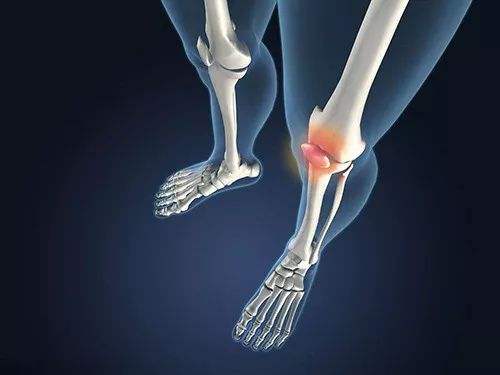Hyaluronic Acid in the Treatment of Bone and Joint Diseases
Joint synovial fluid is the basic material to maintain joint function. When the joint is in a slow-motion state, it mainly acts as a lubricant to reduce the friction between tissues. When the joint is in a fast-motion state, it mainly acts as an elastic shock absorber to buffer the impact of stress on the joint and protect cartilage. In addition, it also provides nutrition and transmits cellular information to the articular cartilage.
Hyaluronic acid HA is the main component of joint synovial fluid. It is secreted by synovial cells, fibroblasts, and chondrocytes. It has many physiological functions, such as regulating protein expression, assisting the diffusion and transport of water and electrolytes, and promoting wound healing. It plays an important role in protecting articular cartilage.
Osteoarthritis (OA) is a common and frequently-occurring disease in middle-aged and elderly people, which is one of the main causes of joint dysfunction and pain. Current drugs, such as NSAIDs, COX-2, selective inhibitors, and corticosteroids, can temporarily relieve pain and improve joint function, but they can not delay the progress of OA or reverse joint damage. Long-term use will also lead to increased side effects of drugs.
At present, HA intra-articular injection has been widely used in the treatment of OA, especially when patients are not well treated by comprehensive treatment such as functional exercise, physiotherapy, weight loss, the application of orthosis or the analgesics mentioned above, or there are drug contraindications and intolerable side effects, HA intra-articular injection is particularly suitable.
1 knee OA
At present, HA has been approved by FDA for the treatment of knee OA. A systematic analysis of 40 randomized controlled clinical trials conducted by the Royal College of Physicians showed that intra-articular injection of HA could significantly relieve pain symptoms and improve joint function compared with the control group (placebo intra-articular injection). There was no significant difference in the efficacy of low molecular weight HA (LMW HA, 0.5-1.5*106 Da) and high molecular weight HA (HMW HA, 6-7*106 Da). Bannuru et al. conducted a meta-analysis of seven randomized controlled clinical trials to compare the efficacy of intra-articular injection of HA and corticosteroids in the treatment of knee OA. The results showed that corticosteroids injected into the knee joint within 1-4 weeks had a better pain control effect.
The effect of corticosteroids injected into the knee joint was the same at 4 weeks of treatment, and HA was more effective after 8 weeks of treatment. It showed that HA had a late effect on pain relief. In the treatment of knee OA, according to the degree of K-L OA, it is appropriate to classify the patients with K-L II~III grade. For severe OA, the joint space is obviously narrow, and there are serious osteosclerosis and deformity, multiple osteophytes, and obvious dysfunction of the joint, although intra-articular injection of HA can alleviate some symptoms, it has no obvious effect on improving joint function, but if patients can not tolerate other treatment methods. In order to alleviate symptoms, intra-articular injection of HA is advocated in patients with K-L grade I, especially those with an articular cartilage injury.
2 OA of other joints
Compared with knee OA, there are fewer reports about the intra-articular injection of sodium hyaluronate in the treatment of hip OA, which may be related to the deep position of the hip joint and the adjacent important blood vessels and nerves. Current studies have found that compared with a placebo injection, intraarticular injection of HA can significantly relieve pain symptoms and improve joint function.
In the treatment of shoulder OA, it was found that intra-articular injection of LMW HA and HMW HA could significantly relieve joint pain and improve joint mobility, and the effect lasted for 7-26 weeks. In addition, intra-articular injection of HA is also used to treat ankle OA, wrist OA, and temporomandibular OA. For example, one week after the injection of HA into the ankle joint, joint pain was relieved significantly, and the effect lasted for 3-18 months.
3 OA effects
Recent studies have found that intra-articular injection of HA after arthroscopic debridement can help relieve pain and improve joint function. For example, Heybeli et al. began intra-articular injection of HA 3 weeks after arthroscopic debridement in patients with knee OA. It was found that the pain relief and joint function improvement in the treatment group were significantly better than those in the control group within 6 weeks. Atay et al. injected LMW HA and HMW HA into the articular cavity of knee OA patients after arthroscopic debridement. Another control group was set up.
After 12 months of follow-up, it was found that the joint function of HA injection group was significantly improved compared with that of the control group, while there was no significant difference between the LMW HA injection group and the HMW HA injection group. Carpenter et al. found that intra-articular injection of HA after ankle OA joint debridement could significantly relieve pain symptoms compared with simple joint debridement.

